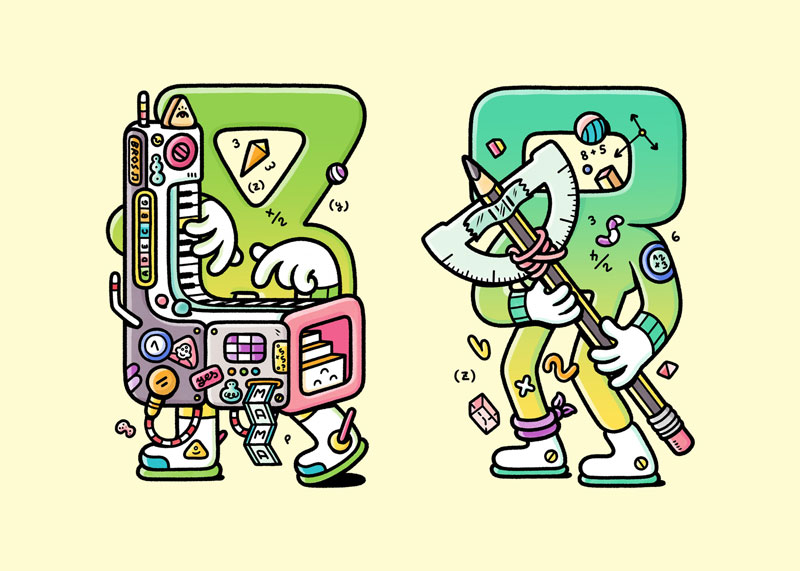Are NFTs a revolution in the digital art world or just another bubble about to burst?
N x NFTS, is a program aimed at those intrigued by digital art, NFTs, and their immense potential.
We interviewed many renowned artists and asked all of them the same question: Are NFTs a revolution in the digital art world or is it just another bubble about to burst?
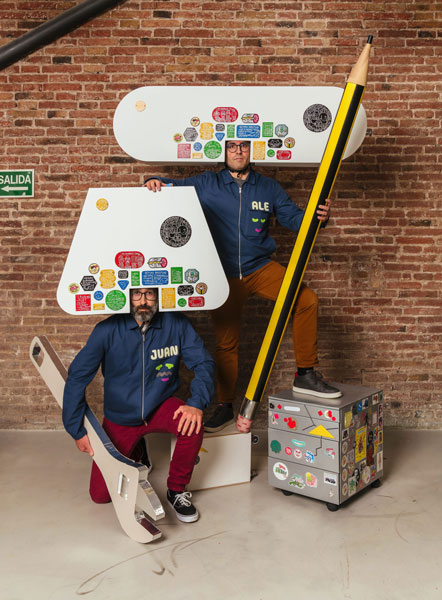
Today’s interview is with Brosmind, a creative power duo and multidisciplinary studio founded in 2007 by Juan and Alejandro Mingarro. Having worked together since childhood, the brothers are known for their playful sense of humour and unflinching attention to detail. Their work has been published, exhibited, and awarded worldwide.
Brosmind just launched their NFTS collection called Shamanzs, an original collection of randomly generated NFTs. Hundreds of traits have been drawn by hand, to create a vast array of high quality and unique loving characters that will explain in today’s interview.
What brought you into this digital art world and what is it that you find attractive and interesting about NFTs?
Alejandro: It all happened at the beginning of the pandemic, due to the business crisis that was generated, agencies were not calling… With NFTs we saw the possibility of generating business and connecting directly with our audience. Some of our fellow illustrators began to enter the NFT world to counteract the business crisis in the advertising and publishing sector. We continued doing commercial illustrations for advertising, and little by little we started experimenting with NFTs. It was in the last year when we started to do it more seriously.
Little by little, we could see how our personal projects, which often end up being simply something to show on the website or in exhibitions, allowed us to create a more personal type of work, more connected with our audience and be able to make a living from it. That caught our attention and we were trying slowly but we never made a hard stop with the commercial work. We were lucky that even in the pandemic we were still working.
Juan: It’s very different from what we had been trying at the beginning, the world of NFTs works like a small gallery where you add your works. The operation is similar to that of traditional art. On the other hand, with this project or with other collections such as Shamanzs, there are many more factors; in addition to the utility that lies behind it for many people, it is a financial asset in which they invest.
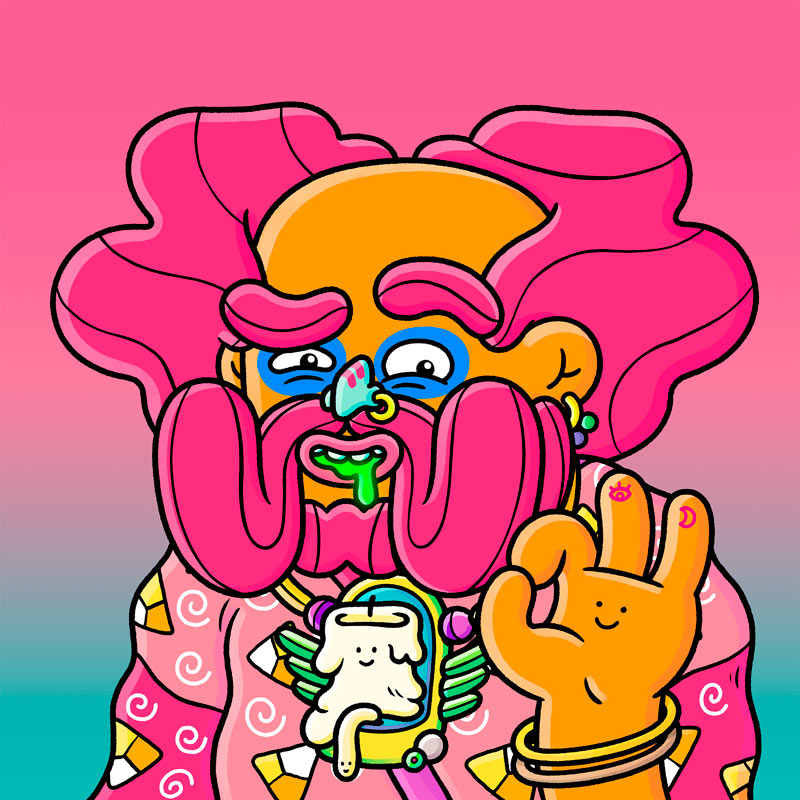
Alejandro: That was one of the concerns we had, always looking at it from an artistic point of view. When you generate an NFT in more exclusive platforms, art is the main thing, but in massive collections such as Shamanzs or self-generative pieces, art can remain as something secondary in many of them. We wanted to develop something where art was primordial. We wanted to create a solid collection on a visual level and with this project, we feel very comfortable.
So is the collection already finished? or do you think that you will be creating and adding new NFTs?
Alejandro: The idea from the beginning is that not only the collection but the project itself is going to be long term. Apart from the surfaces of this first release we have created, the idea is to build a brand behind it, and have it constantly maintained.
Shamanzs is a long term idea. The good thing is that we have a community that has received the project super well, and is going for the good vibes. We have managed to strike a balance in which we feel very comfortable and that allows us to build up little by little.
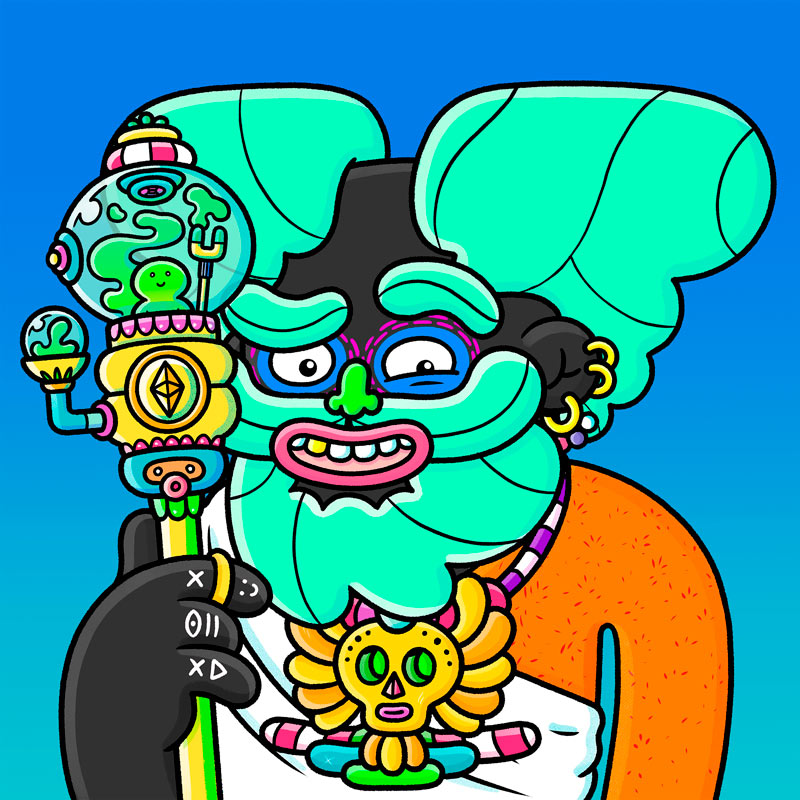
Juan: It really is a community that has become important to itself. There are people who communicate and meet every day. They do courses, share knowledge, and there are chats in several languages, it’s incredible.
In what ways do you see NFTs complementing the art world? Which benefits besides financial do you see in NFTs compared to more classical ways of creating and trading art pieces?
Juan: Here it depends a lot on the technical side. We are no experts, but all that development part allows for things that traditional artwork cannot do. There are pieces that evolve over time, things that we can’t even imagine and the developers or programmers are the ones who are now researching that world.
Alejandro: It is very interesting because they are keys that open up other worlds. This collection is evolved over time, there are things that expire, and characters that evolve. On the one hand, you have the technical section, which is amazing that you can set a date and limits, but also the narrative part that you can add to and have it merge. That’s super interesting.
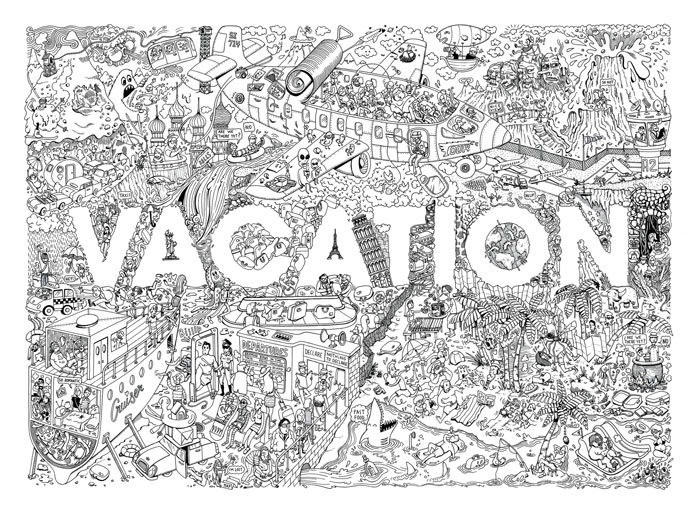
It has its good side but it also has its bad side, which is all the frauds or scams… What is your opinion on that?
Alejandro: Actually, this also existed in the traditional art world.
There is a lot of speculation and a lot of virtual attacks. We have suffered a direct attack on our own collection that we are still studying. On the day of the launch, we saw some strange movements and it was assumed that it was a coordinated attack by someone who wanted it to fail or wanted to boycott the launch. Although there is a trace of everything, there are also systems in place to preserve anonymity, and you can’t see who is behind it.
It’s still something very new, so now everybody is taking full advantage of it and I suppose that little by little it will settle down. We have to see how exactly it should be applied; which are the lines of work. I suppose that with time everything will stabilize.
Juan: It’s a bit like the wild west. It is difficult to control, it is not yet legislated. Many things are being done for the first time. There are different theories…now it is a bit risky.
Alejandro: There are many bad things about it, but the good things are so good that we just have to wait a little bit and see how it all evolves. For us, the ideal future would be that our clients hire us through a smart contract; in which you could follow up on that part. We have to improve the issue of CO2 consumption, but in itself, the technology seems very useful and we are fascinated by it, and not only in the art world.
Many luxury brands are joining, do you think it will be a more exclusive market or is it within everyone’s reach?
Alejandro: I think it will become popular at all levels, in the end, we will all have an NFT – whether it is art or something else. Obviously, there are other companies and they will also join in because it is like a trend. You just have to give it time. The NFTs may have that exclusive and elitist aura, but they are still accessible. For example, on the day of tomorrow, you could go to school and every student has his NFT, which could be a key and access to a world, like a bookstore, for example.
Obviously, there are the big companies that make it more exclusive and elitist because the people who have cryptocurrencies are people who have money, but little by little it will become more popular.
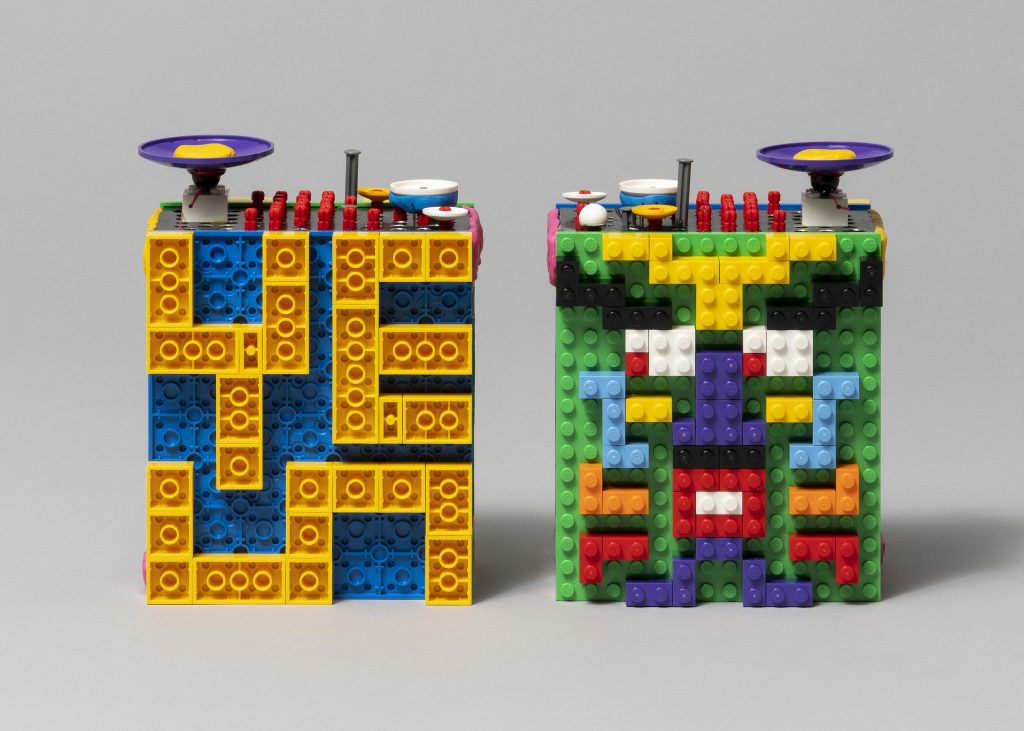
Juan: We can’t blame the bad practice of companies in each sector on NFTs, because this is something that was already been done previously. The big brands also do things, such as selling a product that is supposed to be exclusive for a lot of money, but in reality, it is not worth that much… you are paying for prestige. That’s not the fault of the NFT itself, but of how the world works. Blockchain technology is not to blame for that either.
Alejandro: We have to change the mindset. We come from a generation that values material things, we like to have books, collect movies, things you can touch. However, the new generations are very linked to technology. It is something we have been doing for many years, we just have to change the mentality as we move further and further into the digital realm.
What future do you see in the short and long term?
Alejandro: I think there are still people who are reluctant to understand it, or don’t understand why they pay these amounts for certain pieces. But once you are in, you understand it much better. Little by little it will become more popular. I think it will be applied on a day-to-day basis. There will be things like buying an apartment, getting your ID card, and your passport, everything will be linked to technology. Just as with Netflix. Before we rented or bought movies, now we pay for a subscription. With the passage of time, people will see it as something normal. Little by little, it has to find its place.
Juan: Yes, there are cases that are strange or could be criticized, but there are others where this technology has been used very well. We have to wait, be optimistic, and believe that these good practices will be the majority in the future.
Alejandro: We believe that all the environmental and energy costs have to be corrected. There are already platforms and cryptocurrencies that are dealing with it better, but we are still in the testing phase. It is like when Whatsapp came out, they used to say that if you sent a text with a single emoji it consumed a lot of energy. All technology has problems at the beginning, so it is important to see how it is used and how it can be optimised.
